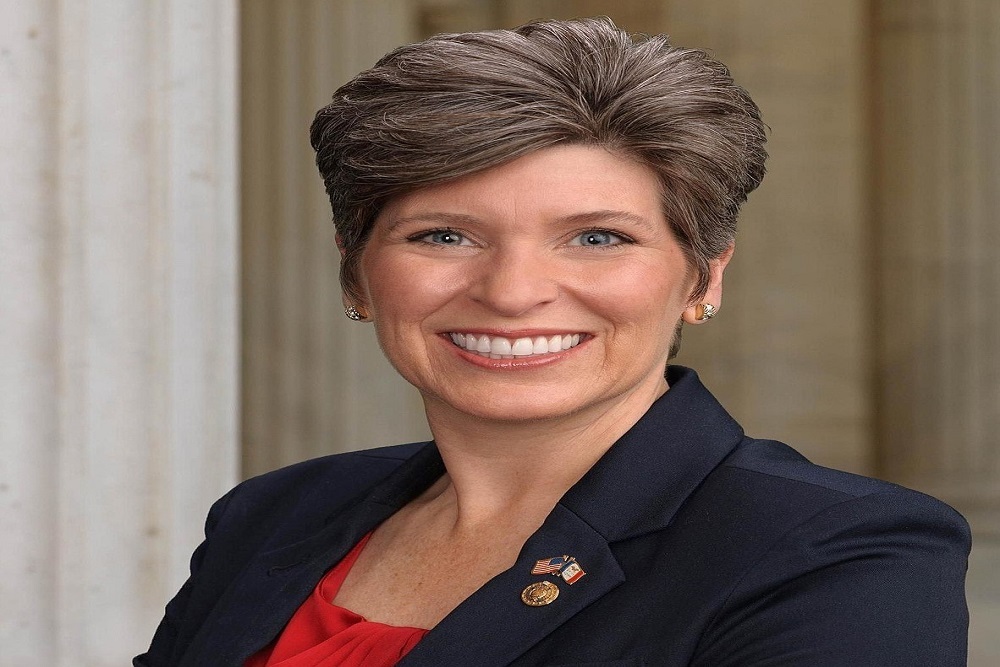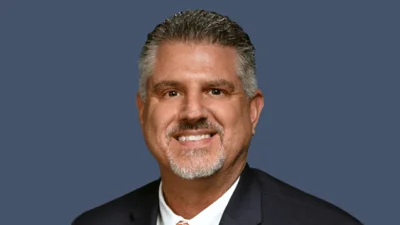Anderson for 5th district u s congress committee issued the following announcement on Nov 19.
Should the government have more characters like Smokey the Bear for the U.S. Forest Service?
Context
The Department of Agriculture has “Sammy Soil.” The Department of Housing and Urban Development has “Franklin the Fair Housing Fox.” The Department of Energy has “the Green Reaper.” The U.S. Navy has “Brite the Light Bulb.” The National Park Service the talking cactus “Sunny Saguaro.”
All of these talking mascots might seem fun and harmless, but have been created on the taxpayers’ dime — money that could have gone elsewhere.
What the bill does
The Stop Wasteful Advertising by the Government (SWAG) Act would prevent federal agencies from using money for “self-aggrandizement,” including mascots or characters, but also items ranging from coloring books to stickers to fidget spinners.
The bill would make an exception for mascots or characters explicitly authorized in preexisting laws, including the U.S. Forest Service’s “Smokey the Bear” and “Woodsy Owl.”
It was introduced in the Senate on October 29 as bill number S. 2722, by Sen. Joni Ernst (R-IA).
What supporters say
Supporters argue that the bill would force the government to spend more responsibly, on issues that actually matter rather than on frivolous marketing campaigns.
“As an Iowa State Cyclone fan, I’ll be the first to say that mascots can be fun,” Sen. Ernst said in a press release. “But there is no justification for spending a quarter of a million dollars in taxpayer money on mascots and millions more on swag.”
“These costs come at the expense of real national priorities. The $1.4 billion spent on government PR and advertising every year, for example, is twice the amount dedicated to breast cancer research,” Sen. Ernst said. “It’s time to bag the swag.”
(Sen. Ernst is correct that the federal government spends more money on PR and advertising than breast cancer research, but it’s not clear that it’s actually twice as much. In fiscal year 2015, for example, government PR and advertising was $909 million, according to the graph on page 5 of that linked PDF. Federal funding for breast cancer that same year was $545.1 million.)
What opponents say
Opponents would likely counter that self-promotional items or characters by government agencies can be effective tools in getting their message out, and these agencies which ostensibly work for the public might otherwise not reach the public at all. For millions of Americans, the iconic “Smokey the Bear” is probably the only thing they’ve heard from the U.S. Forest Service.
Opponents would also note that advertising and public relations make up only about 1/50 of 1% of total federal spending. (See the graph on page 5 of that PDF.)
Odds of passage
The bill has attracted two Republican cosponsors: Sens. Steve Daines (R-MT) and Rand Paul (R-KY). It awaits a potential vote in the Senate Homeland Security and Governmental Affairs Committee.
The odds of passage are difficult to ascertain. On the one hand, all three cosponsors are Republicans, more typical of a partisan bill. On the other hand, this does seem like legislation that some Democrats could support, especially the more spending-conscious wing of the party.
Original source here.


 Alerts Sign-up
Alerts Sign-up